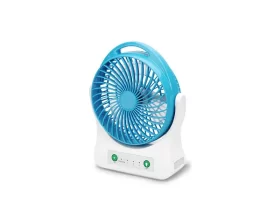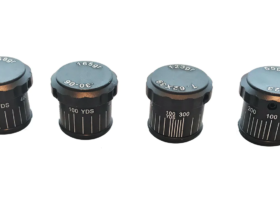You have just established a trading account for commodities and are eager to maximise its potential moving forward. Contrary to what you may have been taught to think, there is no evidence to support the assertion that trading in commodity CFDs is much riskier than trading in stock, equity futures, or equity options. To be successful in commodity trading, you need to have a solid comprehension of the demand and supply dynamics of the commodity in question, as well as an awareness of how you must safeguard your financial resources when trading. Risk is inherent to the trading process and cannot be eliminated. In a situation like this, it is essential to exercise rational risk management. The following are some specific strategies that can help you become successful in trading commodities:
The Leverage Is Greater, But You Have To Make Prudent Use Of It
Remember that the element of leverage in trading commodities is much bigger than in other types of trading. What exactly do we mean when we talk about leverage in this setting? Naturally, when people talk about the margin that has to be paid in this scenario, we are talking about that. For instance, if you want to take a long or short position in index futures, you need to pay around a 10% margin (which indicates leverage of 10 times). If you want to take a long or short position in stock futures, you need to pay somewhere around a 15% margin (that means leverage of 6.66 times).
Regarding commodities, the amount of leverage made available is far more significant. The leverage might go as high as 14 or 16 times the initial investment in certain situations. If you are ready to place cover orders with an integrated stop loss, you may increase the leverage at your disposal.
When It Comes To Trading Commodities, You Should Always Follow The Trend
Always keep in mind that you are engaging in trend trading when you are dealing in commodities. Commodities, as a rule, tend to follow more extensive cycles and sub-cycles. There will, without a doubt, be periods of volatility contained within these more extensive cycles. But you have to recognise this trend in time and conduct your trading within the parameters of this trend. In the case of stocks, a contrarian strategy may be very successful, but when it comes to trading commodities, you may find that it is far more beneficial.
Stick To Your Trading Strategy And Don’t Waste Your Money
It doesn’t matter whether you trade stocks, futures, options, or commodities; the most important thing is to trade according to a strategy. When we speak about a trading strategy, we refer to a collection of guidelines you will use as a map to navigate your trading activities. You will need to establish ground rules on the maximum exposure level you are willing to accept to a specific commodities position. Your trading strategy should include a section on the maximum amount of money you are prepared to lose on a single transaction, in a single day, and a week. Your trading plan should also very explicitly cover how you intend to conserve your capital and at what point you intend to shift primarily into cash. This information should be included in the same document.
Conclusion
Trading in commodity CFDs is, in many respects, equivalent to trading in stocks or other asset types. As soon as you have a solid grasp of the intricacies of commodities, you will be in a much better position to keep your expectations in check while preserving your financial resources.











